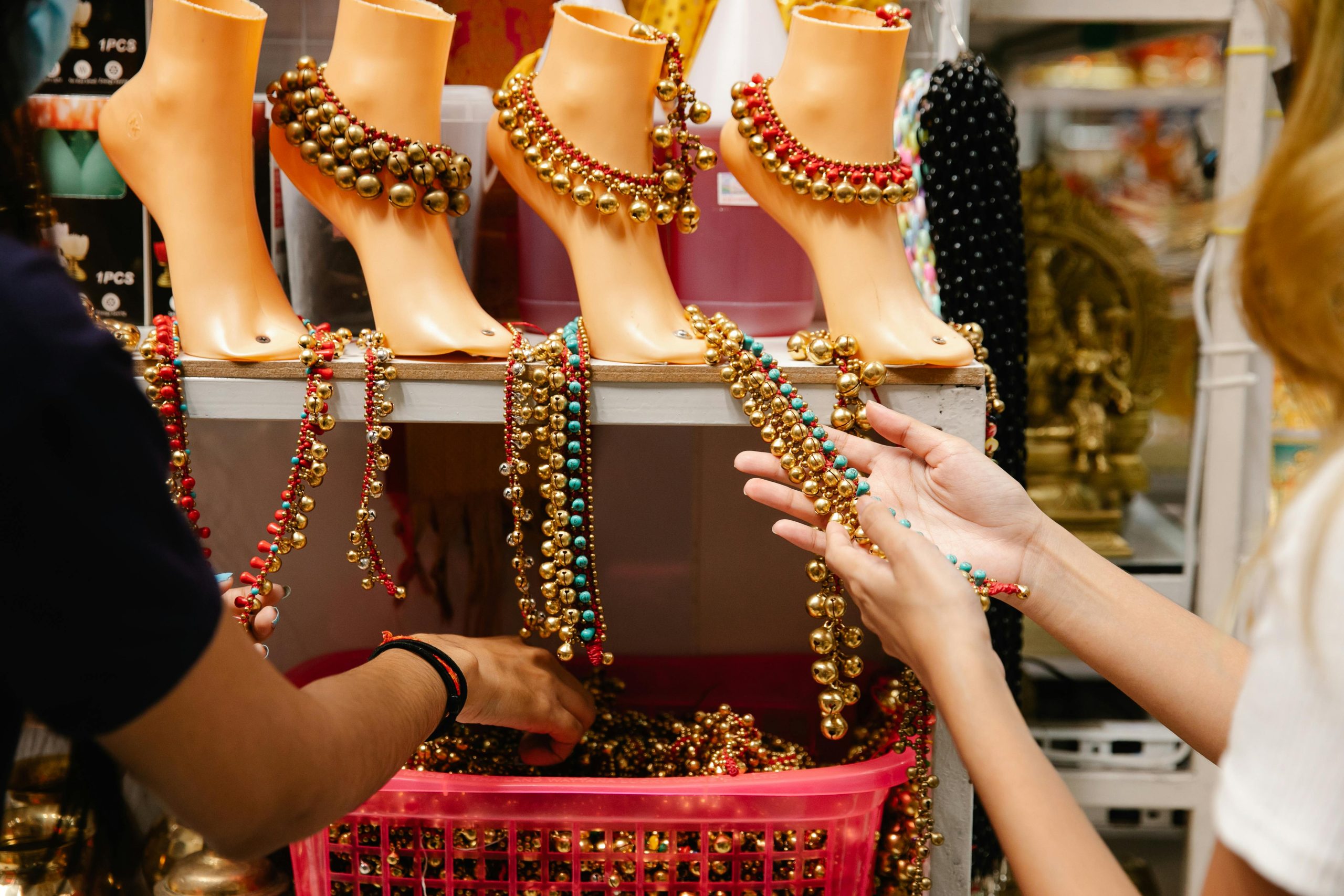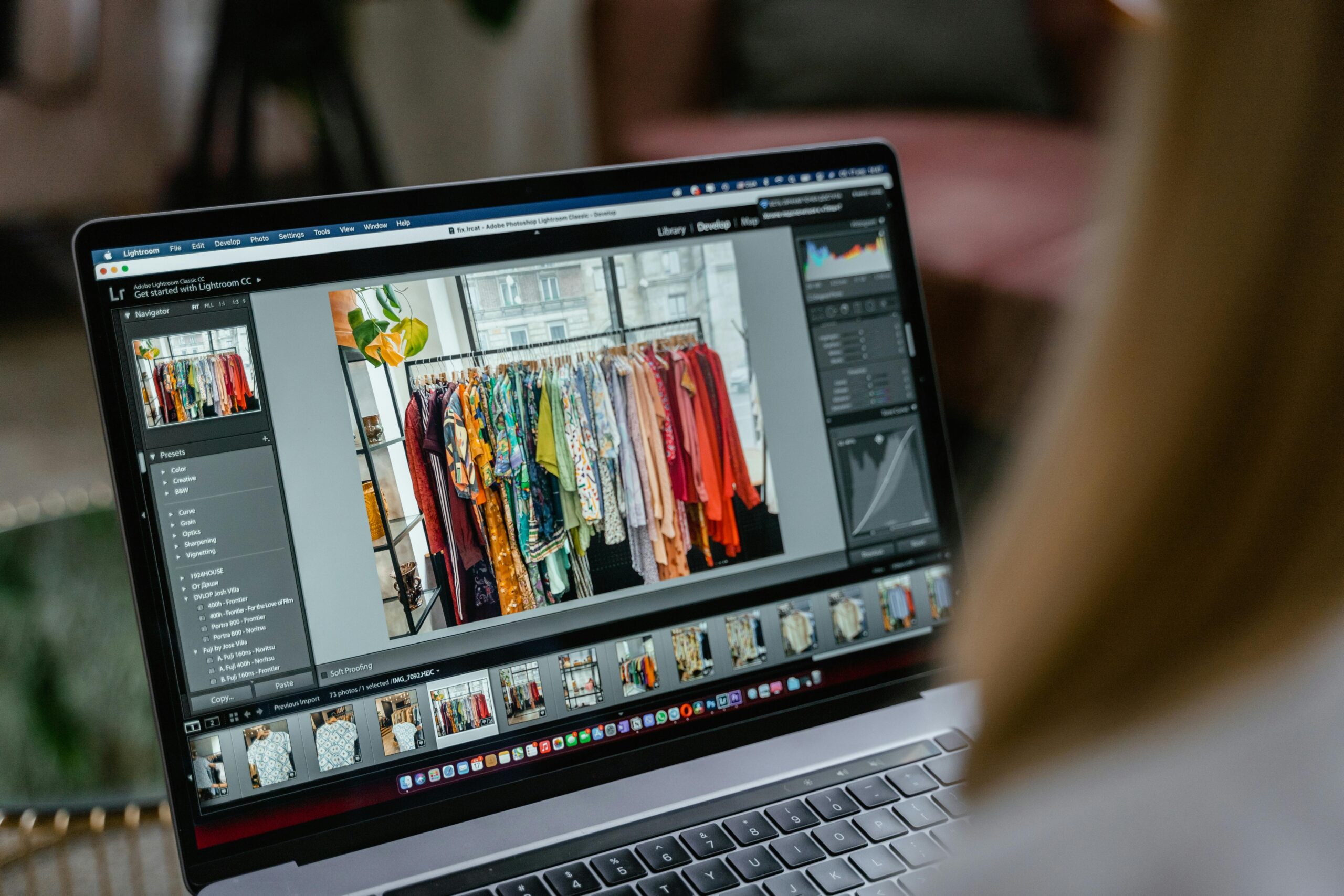Transformative Technology in Colour Grading: Redefining Visual Storytelling
In our previous blogs, we’ve already spoken about the groundbreaking capabilities of artificial intelligence (AI). It’s no surprise that AI has emerged as a transformative force. Since a few years, digital technology has already revolutionised the way films are created, captured and consumed. Just making the film isn’t enough. It’s a lot more than that. Once the movie has been shot, there’s post-production work that goes into it. A crucial aspect of this workflow is colour grading. If you’re wondering how the scenes appear how they usually do on screen is because of colourists. They are the magicians who ensure the right scenes have the right colour.
What is Colour Grading?
In filmmaking, cinema or motion capture, colour grading refers to manipulation of a raw film and video images to create a consistent colour tone throughout. Back in the day, the process was done manually. However, with the advent of AI colour grading, revolutionary technology is used to analyse and adjust colour tones, contrast, saturation and other visual elements. You can receive professional results in a few minutes. AI has transformed the colour correction space significantly as it reduces the time and effort needed from manual adjustments. Even someone who doesn’t have much experience in traditional colour grading can achieve professional results with AI. The possibilities are limitless. Whether it’s adding warmth to a scene or creating a one-of-a-kind cinematic experience, colour grading enhances the overall process of movie-making.
Importance of Colour Grading
Everybody talks about colour grading but have you stopped and thought why it’s so important? Well, it enhances the storytelling ability of a film or video. Imagine if the colours in a film you’re watching in a theatre were a bit off. It can ruin your entire viewing experience, right? When appropriate colours are used for certain scenes, they can evoke powerful emotions, set the mood and create a visual language that communicates with the subconscious mind of the audience. Colour grading is not just done to make the video look pretty. The goal is to make the narrative immersive and engaging. You’ve probably noticed that warm tones and vintage hues are used in scenes that depict nostalgia whereas cool tones and bright colours are used for romantic and lighter scenes. Therefore, whether the vibe is moody, suspenseful, romantic or vibrant, colour grading can evoke the right emotions in the audience.
Besides setting the mood and atmosphere, AI colour grading corrects colour imbalances. In any film or video, visual cohesion is of utmost importance. Usually, footage is captured under various lighting conditions. This needs to be corrected in a studio to create a seamless narrative flow.
Lastly, when colour grading is consistent, it establishes a brand identity. Most film franchises follow the same colour scheme. Consistent colour choices are more relatable.
Benefits of Using AI in Colour Grading
AI-powered tools automate the entire colour correction process. Even if there are discrepancies in colour balance, exposure or contrast, AI has the power to correct it. Here are some of the numerous advantages of AI in film colour grading:
Efficiency
Manual grading is a time-consuming process. AI algorithms analyse and adjust video frames much quicker. It enhances the efficiency of the overall process allowing for quicker iterations. It’s no surprise that technology automates repetitive tasks. With AI, colourists can focus on more creative aspects. Instead, they can use their skills to fine-tune the aesthetic.
Better Accuracy to Meet Enhanced Demand
There is a sudden rise in the number of streaming platforms namely Amazon Prime, Netflix, Hotstar, and so on. There is also an increased demand in the colour grading requirements as they want their content to look good on all platforms. Manually ensuring the colour standards are met can be quite a task. With AI colour grading technology, colour correction professionals are more at ease. The tools know how to maintain consistency across various devices and screen sizes. There is literally no room for error. The result is accurate and realistic grading, and subjectivity too is minimised.
Authenticity
Today’s modern audience craves authenticity. They want the content to be real, raw and relatable. Sometimes, human creativity can become a bit overpowering resulting in a gaudy end product. AI and new technology bring authenticity in the entire colour grading process. It’s less artificial and more of a genuine representation of the world. The colour correction is natural thereby maintaining credibility.
Takeaway
Colour grading in films, videos and movies plays an important role in shaping the overall visual aesthetic. Colours enhance storytelling and artistic expression. As a colourist or someone who is pursuing visual art and design must completely leverage the power of AI in colour grading. Embracing new trends can enhance the overall impact of the project.




